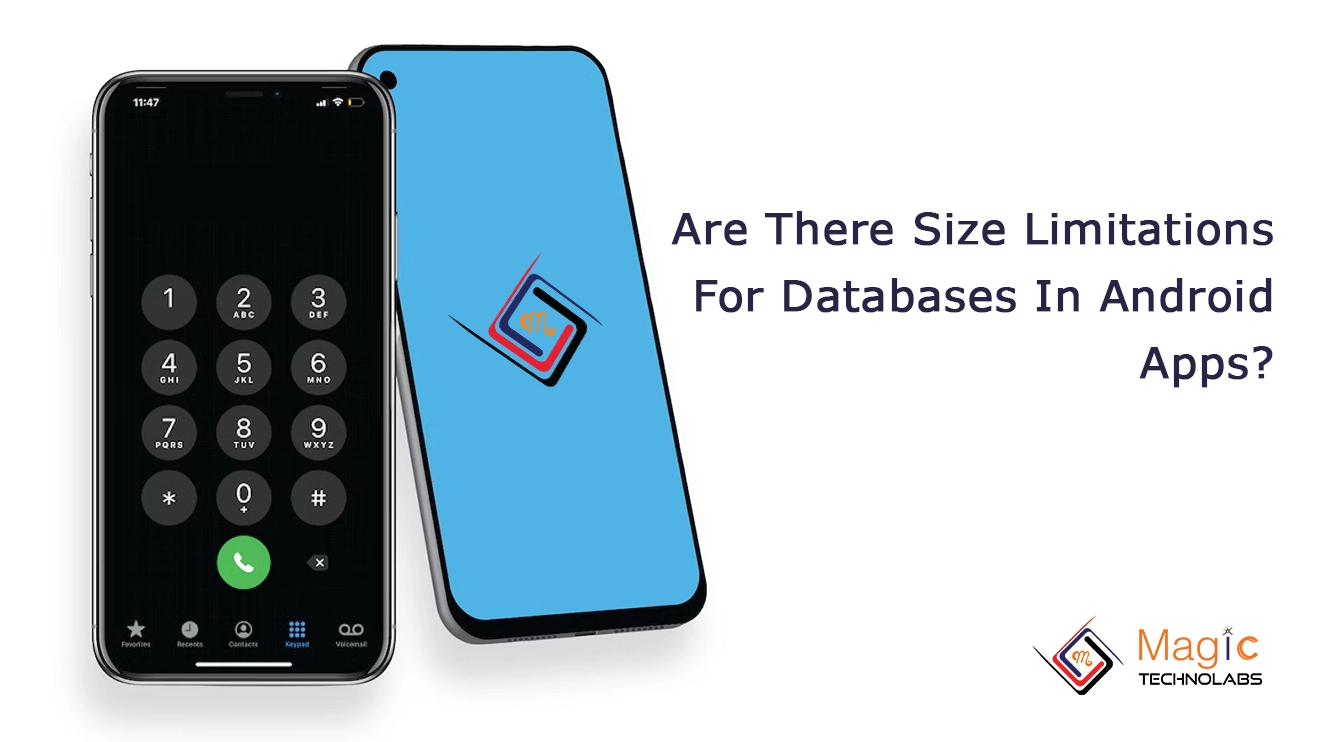In the realm of Android app development, the size of databases is a critical consideration that can significantly impact the performance and user experience. Android apps often rely on SQLite databases, known for their efficiency and lightweight nature. However, developers need to navigate size limitations to ensure optimal functionality across a diverse range of devices and Android versions.
The specific size limitations for databases in Android apps can vary based on the Android version and the storage capacities of different devices. Older Android versions may impose stricter limitations, with database sizes restricted to 1-2 GB. On the other hand, modern Android versions and devices equipped with larger storage capabilities can accommodate more extensive databases.
Exceeding recommended size limits can lead to performance bottlenecks, increased latency, and, in extreme cases, app crashes. To mitigate these challenges, developers should adopt best practices for managing database sizes effectively.
One strategy is to implement regular data archiving and cleanup processes. This ensures that only relevant and current information is stored, preventing the unnecessary accumulation of data that could contribute to database bloat.
Optimized indexing is another crucial consideration. Well-designed indexes can enhance data retrieval speed without significantly increasing the overall size of the database. This strategic approach strikes a balance between performance and storage efficiency.
Asynchronous operations play a vital role in maintaining a responsive user interface. By executing database tasks in the background, developers can minimize disruptions and ensure a seamless user experience, even during resource-intensive operations.
Additionally, incorporating mechanisms for dynamic storage monitoring allows developers to proactively manage database sizes. This adaptability is crucial for adjusting to evolving storage needs and ensuring the app's continued smooth operation.
In conclusion, understanding and addressing size limitations for databases in Android apps is fundamental to delivering a reliable, high-performance user experience across a diverse range of devices and Android versions. Developers armed with these insights can navigate the intricacies of database management and optimize their apps for success.
















